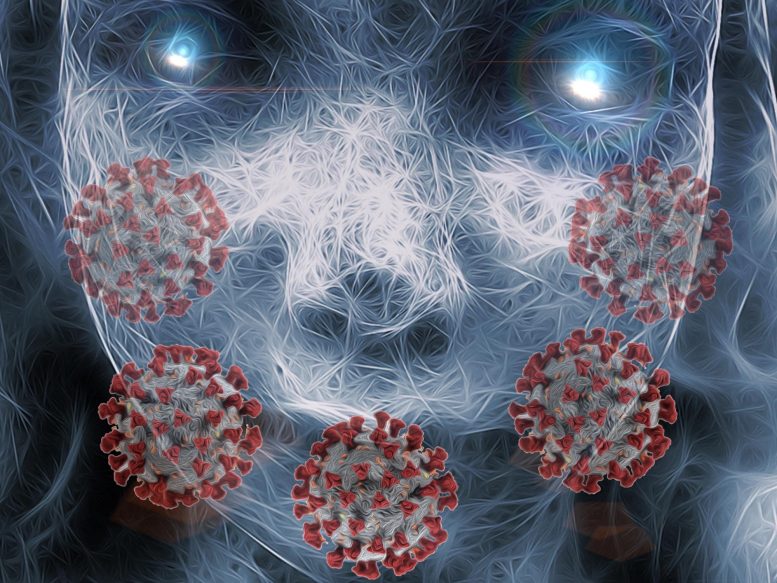
Researchers employed artificial intelligence to analyze the dream content of nearly a thousand individuals. They discovered that over half of the distressing dreams reported involved the novel coronavirus.
Study applies artificial intelligence to analyze content of nightmares using crowdsourced data from more than 800 people during pandemic lockdown in Finland.
COVID-19 has turned 2020 into a nightmare for many people, as they struggle with health problems, economic uncertainty, and other challenges. Now a team of researchers in Finland has evidence that the pandemic really is a bad dream. In a paper published in Frontiers in Psychology, scientists used artificial intelligence to help analyze the dream content of close to a thousand people and found that the novel coronavirus had infected more than half of the distressed dreams reported.
The researchers crowdsourced sleep and stress data from more than 4,000 people during the sixth week of the COVID-19 lockdown in Finland. About 800 respondents also contributed information about their dreams during that time — many of which revealed a shared anxiety about the pandemic.
“We were thrilled to observe repeating dream content associations across individuals that reflected the apocalyptic ambiance of COVID-19 lockdown,” said lead author Dr. Anu-Katriina Pesonen, head of the Sleep & Mind Research Group at the University of Helsinki. “The results allowed us to speculate that dreaming in extreme circumstances reveal shared visual imagery and memory traces, and in this way, dreams can indicate some form of shared mindscape across individuals.”
“The idea of a shared imagery reflected in dreams is intriguing,” she added.
Pesonen and her team transcribed the content of the dreams from Finnish into English word lists and fed the data into an AI algorithm, which scanned for frequently appearing word associations. The computer built what the researchers called dream clusters from the “smaller dream particles” rather than entire dreams.
Eventually, 33 dream clusters or themes emerged. Twenty of the dream clusters were classified as bad dreams, and 55 percent of those had pandemic-specific content. Themes such as failures in social distancing, coronavirus contagion, personal protective equipment, dystopia, and apocalypse were rated as pandemic specific.
For example, word pairs in a dream cluster labeled “Disregard of Distancing” included mistake-hug, hug-handshake, handshake-restriction, handshake-distancing, distancing-disregard, distancing-crowd, crowd-restriction, and crowd-party.
“The computational linguistics-based, AI-assisted analytics that we used is really a novel approach in dream research,” Pesonen said. “We hope to see more AI-assisted dream research in the future. We hope that our study opened the development towards that direction.”
The study also offered some insights into the sleep patterns and stress levels of people during the pandemic lockdown. For instance, more than half of respondents reported sleeping more than before the period of self-quarantine, though 10 percent had a harder time falling asleep and more than a quarter reported more frequent nightmares.
Not surprisingly, more than half of the study participants reported increases in stress levels, which were more closely linked to patterns like fitful sleep and bad dreams. Those most stressed out also had more pandemic-specific dreams. The research could provide valuable insights for medical experts who are already assessing the toll the coronavirus is having on mental health. Sleep is a central factor in all mental health issues, according to Pesonen.
“Repeated, intense nightmares may refer to post-traumatic stress,” she explained. “The content of dreams is not entirely random, but can be an important key to understanding what is the essence in the experience of stress, trauma and anxiety.”
Reference: “Pandemic Dreams: Network Analysis of Dream Content During the COVID-19 Lockdown” by Anu-Katriina Pesonen, Jari Lipsanen, Risto Halonen, Marko Elovainio, Nils Sandman, Juha-Matti Mäkelä, Minea Antila, Deni Béchard, Hanna M. Ollila and Liisa Kuula, 1 October 20, Frontiers in Psychology.
DOI: 10.3389/fpsyg.2020.573961

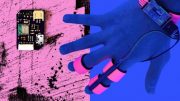


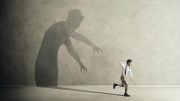
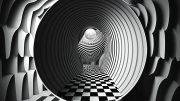

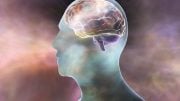
Be the first to comment on "AI Analyzes Content of Nightmares, Finds COVID-19 Infects Majority of Bad Dreams"